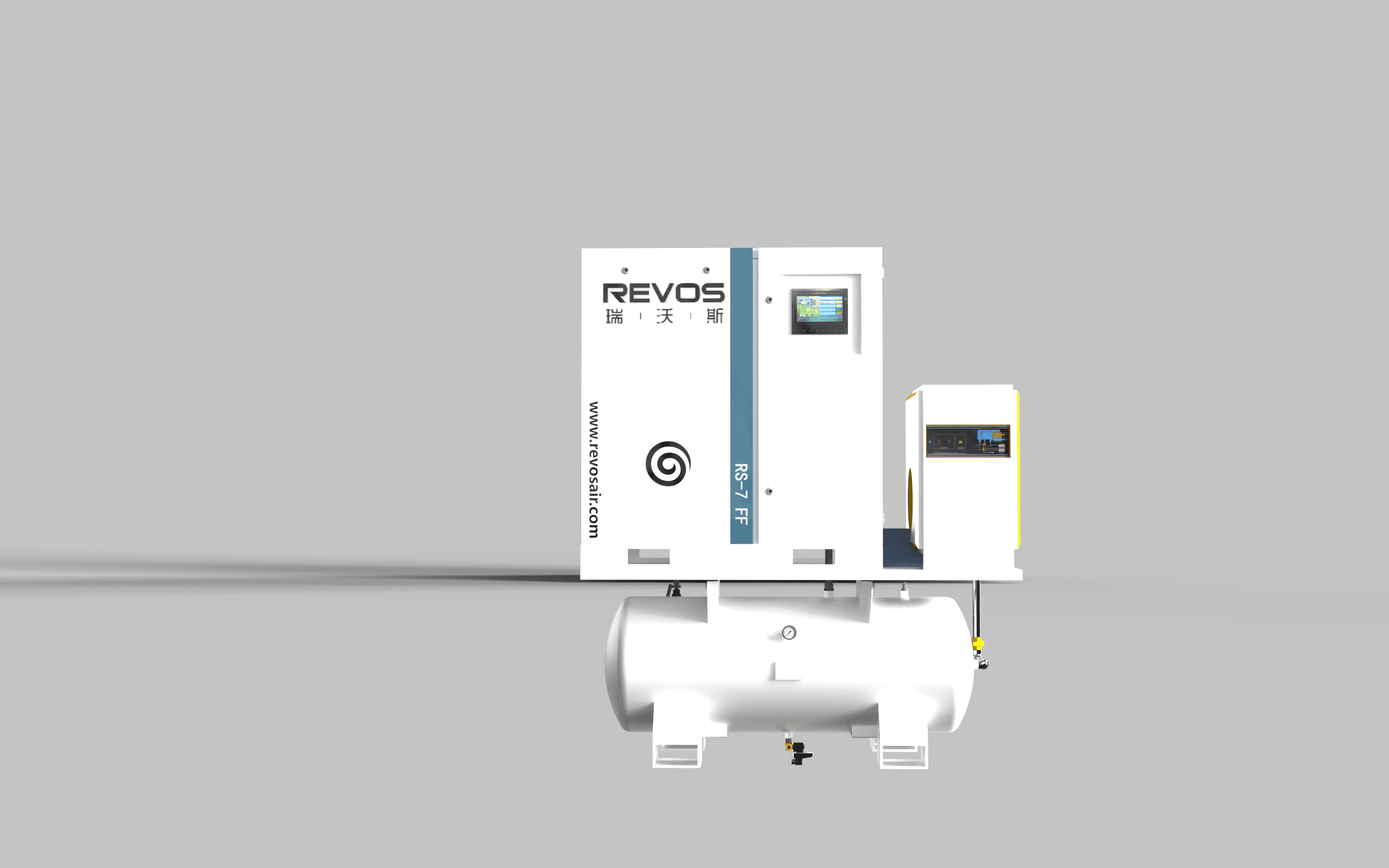In modern healthcare facilities, compressed air systems function as critical infrastructure, powering life-sustaining equipment from ventilators to precision surgical tools. The strategic selection between scroll and screw compressors directly influences patient safety protocols, operational efficiency benchmarks, and long-term capital expenditure. This expert analysis synthesizes industry-leading research with practical healthcare facility experience to provide actionable guidance for equipment decisions that harmonize regulatory compliance, clinical performance requirements, and financial stewardship.
The Critical Role of Compressed Air in Modern Healthcare Environments
Medical compressed air stands as a vital medical gas, governed by the same stringent regulatory standards as oxygen and other life-supporting gases. The evolving healthcare landscape of 2025 demands systems that deliver unwavering performance while adapting to increasingly rigorous compliance frameworks. Both scroll and screw compressor technologies have undergone significant advancements to address these challenges, yet their inherent operational characteristics create distinct advantages tailored to specific facility requirements.
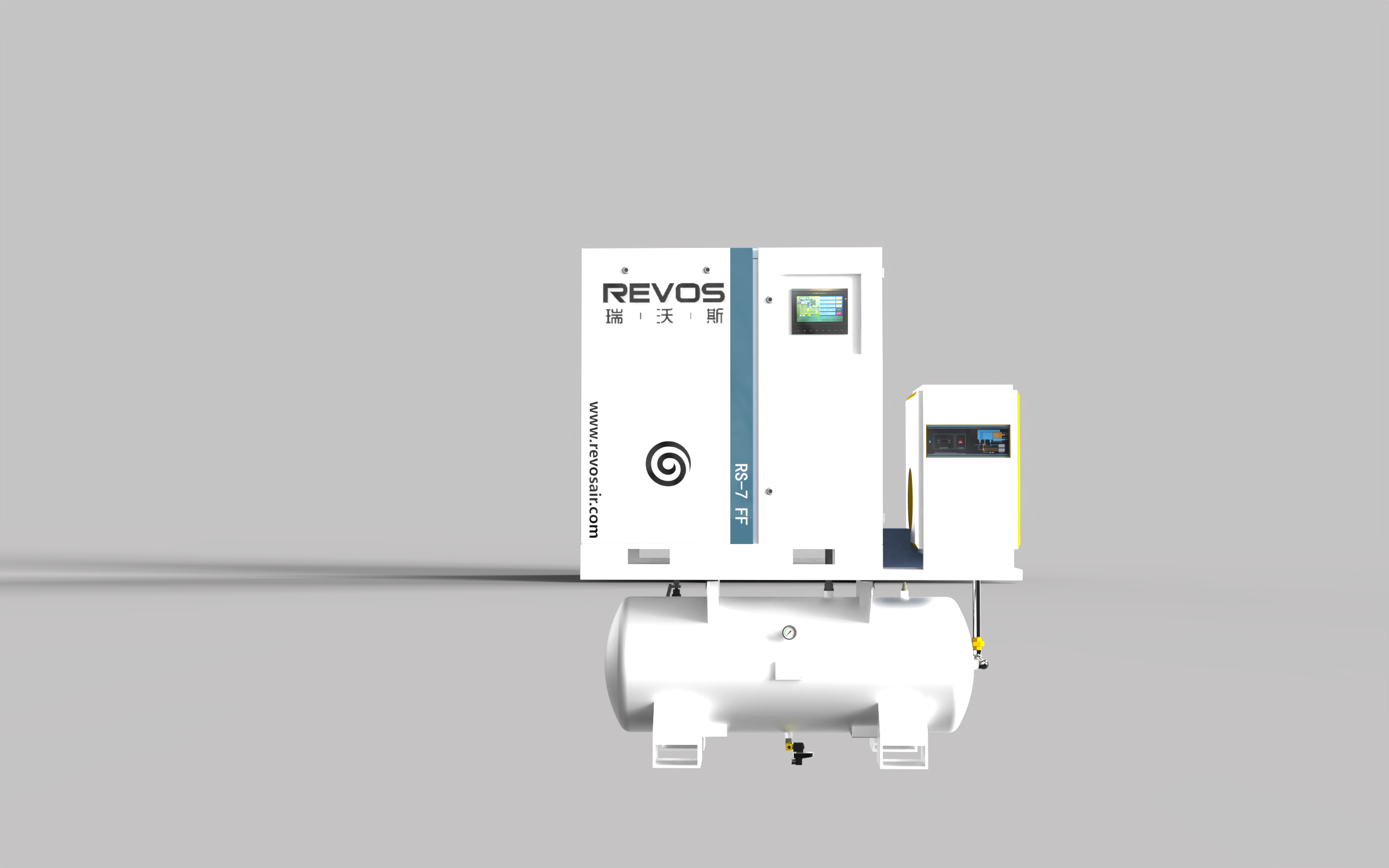
Oil-free compressor technology has emerged as the definitive standard in healthcare applications, eliminating the inherent risks of oil contamination that could compromise patient outcomes or pharmaceutical integrity. The global oil-free compressor market is projected to expand at a 5.2% compound annual growth rate (CAGR) from 2024 to 2033, reflecting the healthcare industry's escalating demands for contamination control and energy optimization. This growth trajectory is fueled by innovations in advanced materials science, precision sealing technologies, and intelligent digital control systems that simultaneously enhance performance metrics and reliability standards.
Technological Fundamentals: Scroll vs. Screw Compressors
Operational Mechanisms
Scroll compressors operate through the synchronized orbital motion of two interleaved spiral elements (scrolls), progressively reducing air pocket volume to generate compression. This innovative design delivers continuous, pulsation-minimized airflow with a remarkably simplified mechanical configuration—typically featuring just one moving scroll component. In contrast, screw compressors utilize two rotating helical rotors that trap and compress air within their intermeshing threads, a design that inherently produces greater vibration and necessitates additional dampening components in sensitive clinical environments.
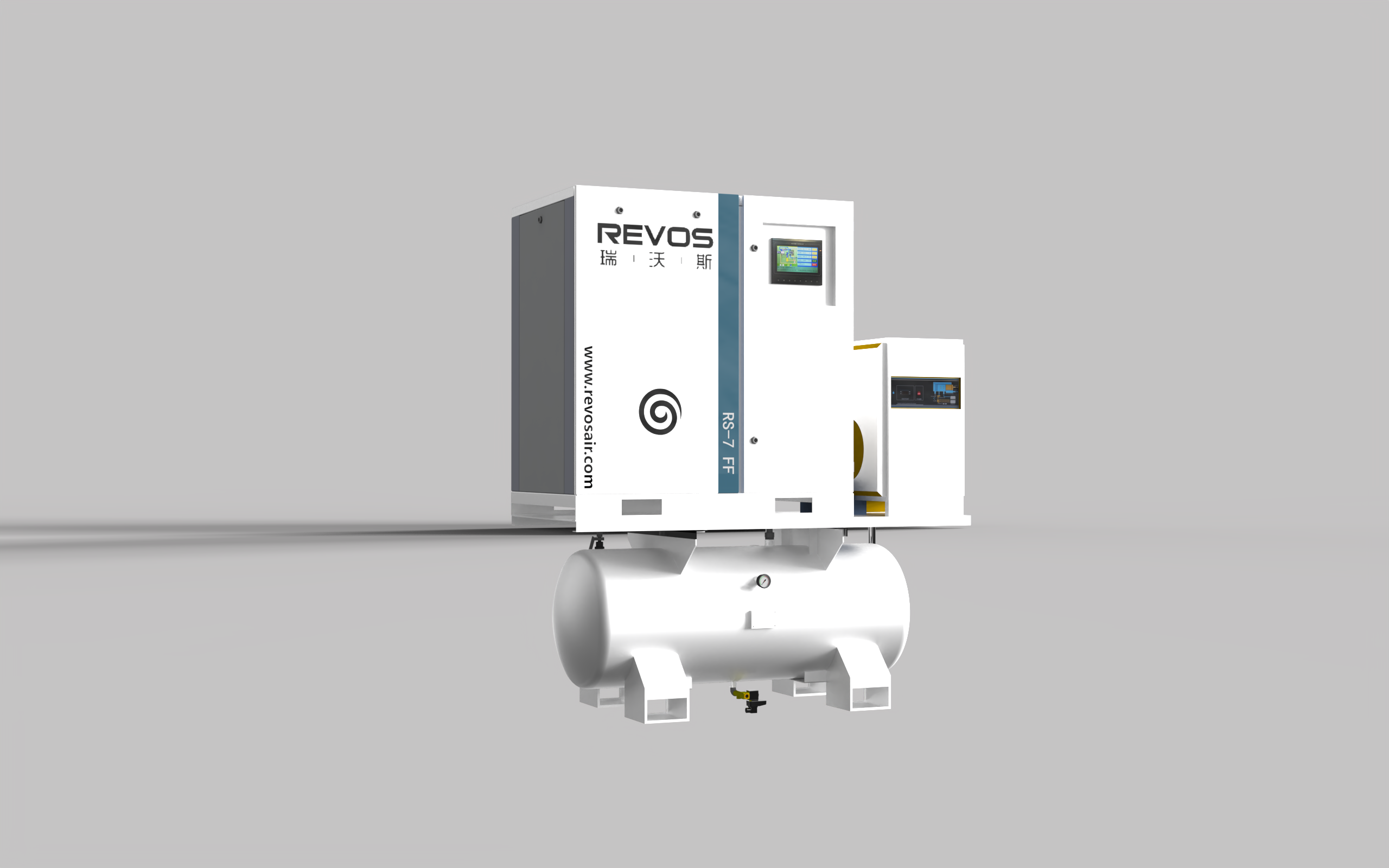
Field experience with both technologies consistently demonstrates scroll compressors' superior suitability for applications demanding precise pressure stability, such as critical care ventilators and anesthesia delivery systems. The continuous compression process inherent in scroll design minimizes pressure fluctuations that could potentially compromise delicate medical equipment performance.
Healthcare-Specific Design Considerations
The compact footprint of scroll compressors represents a substantial advantage in space-constrained healthcare facilities. Contemporary scroll units can reduce installation space requirements by up to 30% compared to equivalently rated screw compressors, according to verified equipment specifications. This space efficiency becomes particularly valuable during retrofitting projects in older healthcare facilities where infrastructure modifications incur significant costs and operational disruptions.
While generally occupying a larger footprint, screw compressors offer modular configurations that can provide enhanced redundancy through multiple compressor bank arrangements. This design feature appeals to facilities with critical care areas where compressed air supply interruptions cannot be tolerated under any circumstances. However, the increased physical footprint necessitates meticulous planning during facility design or renovation initiatives.
Performance Parameters for Healthcare Applications
Air Quality and Contamination Mitigation
Healthcare facilities mandate the highest attainable levels of air purity to ensure uncompromising patient safety. Both compressor types can achieve oil-free operation, albeit through fundamentally different methodologies. Scroll compressors inherently prevent oil contact with the compressed air stream through their intrinsic design architecture. Screw compressors, alternatively, typically require sophisticated additional filtration systems to eliminate oil carryover—a critical distinction with profound implications for healthcare applications.
The most stringent air quality standard for healthcare applications, TÜV Class O certification (aligned with ISO 8573-1 Class O), represents the pinnacle of oil-free performance, requiring undetectable oil carryover (less than 0.01 mg/m³). Achieving this benchmark with screw compressors often necessitates complex, multi-stage filtration systems and more frequent maintenance intervals. Notably, advanced scroll technology can consistently meet Class O requirements through design excellence alone, as validated by leading industry manufacturers.
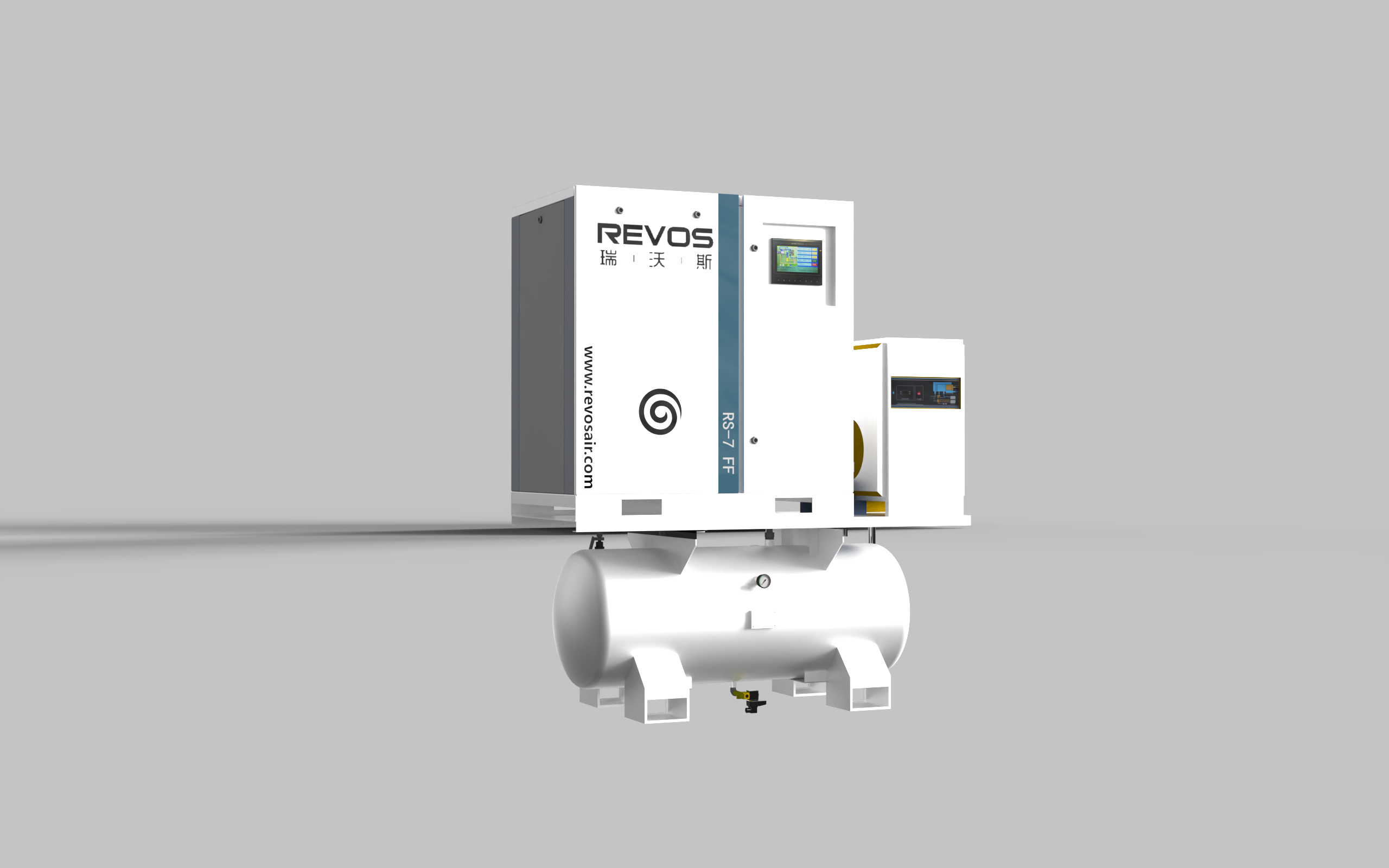
Energy Efficiency Benchmarks
Energy consumption constitutes one of the most significant operational expenses for healthcare compressed air systems. Comprehensive industry data indicates scroll compressors typically deliver 12-18% energy savings compared to screw compressors in healthcare applications characterized by variable demand profiles. This efficiency advantage stems from the scroll design's inherent ability to modulate output with exceptional precision to match fluctuating facility needs throughout the operational day.
For a medium-sized hospital operating 4000 hours annually, this efficiency differential translates to approximately $8,000-$12,000 in annual energy savings per compressor unit, based on current utility rates. These substantial savings can offset initial equipment investment costs within a 3-5 year timeframe, according to comparative economic analyses of healthcare facilities that have transitioned to advanced scroll technology.
Acoustic and Vibrational Considerations
Healthcare environments demand stringent noise control protocols to ensure patient comfort and facilitate effective staff communication. Scroll compressors typically operate at 60-65 dB(A), comparable to normal conversation levels, whereas screw compressors generally produce 75-85 dB(A) without additional sound attenuation measures. This significant acoustic difference can eliminate the need for costly soundproofing installations in sensitive areas such as intensive care units and surgical suites.
Vibration control presents similar challenges. Screw compressors require more robust mounting systems and specialized vibration isolation technologies to prevent structural transmission of operational vibrations throughout healthcare facilities. These additional requirements increase both installation complexity and capital costs compared to scroll compressor systems.
Regulatory Compliance and Maintenance Frameworks
Healthcare Compressed Air Standards Landscape
Healthcare compressed air systems must adhere to multiple rigorous regulatory frameworks, including NFPA 99, ISO 8573-1, and USP requirements for medical air. These comprehensive standards mandate specific performance criteria, maintenance protocols, and documentation practices to ensure uncompromising patient safety.
NFPA 99 establishes particularly rigorous maintenance requirements for healthcare compressed air systems, including scheduled testing of air quality parameters, continuous pressure monitoring, and preventive maintenance schedules. Facilities must maintain meticulous records of all maintenance activities, calibration verifications, and performance tests to demonstrate compliance during regulatory inspections and accreditation surveys.
Maintenance Requirements and Lifecycle Management
Preventive maintenance represents a critical component in ensuring the reliable operation of healthcare compressed air systems. Scroll compressors typically require 30-40% less maintenance intervention than screw compressors due to their inherently simpler design with fewer moving components. Routine maintenance for scroll units primarily involves filter replacements and periodic system inspections. In contrast, screw compressors necessitate more extensive servicing of bearings, seals, and complex lubrication systems.
Industry best practices recommend establishing a comprehensive maintenance program encompassing:
- Daily visual inspections and pressure monitoring
- Weekly condensate drain functionality checks
- Monthly filter status verification and replacement as needed
- Quarterly performance testing and calibration
- Annual comprehensive system audit conducted by certified professionals
These maintenance activities not only ensure regulatory compliance but also contribute significantly to system longevity and reliability—factors of paramount importance in healthcare environments where equipment failure can directly impact patient care delivery.
Application-Specific Considerations for Healthcare Facilities
Sizing and Capacity Planning Methodology
Proper sizing of compressed air systems requires meticulous analysis of peak demand scenarios, including simultaneous utilization of multiple medical devices. Scroll compressors excel in applications characterized by moderate, variable demand patterns typical of outpatient clinics, diagnostic facilities, and small to medium-sized hospitals. Their ability to efficiently modulate output makes them particularly well-suited for facilities with fluctuating air requirements throughout the operational day.
Screw compressors typically offer advantages in high-capacity applications exceeding 100 hp, such as large academic medical centers with continuous high-demand processes. Their robust design architecture and ability to operate continuously at full load make them suitable for facilities with consistent, high-volume compressed air requirements.
Specialized Healthcare Applications
Certain healthcare applications present unique compressed air challenges that directly influence the choice between scroll and screw technology:
Operating Rooms and Critical Care Units demand the highest levels of reliability and air quality. Scroll compressors' inherent oil-free design and lower vibration characteristics make them particularly well-suited for these sensitive environments where patient safety is the paramount consideration.
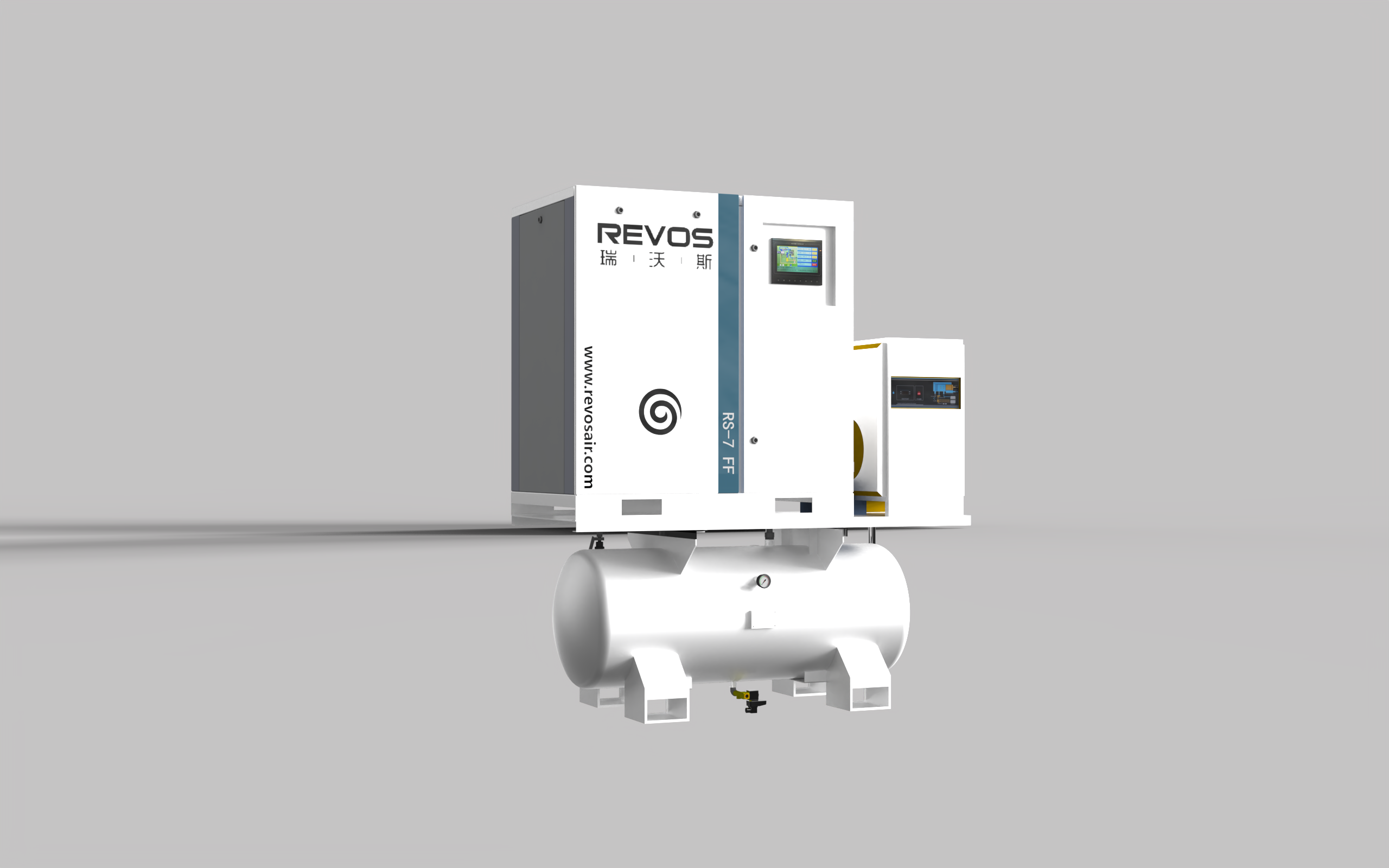
Laboratories and Pharmaceutical Production facilities often require ultra-high air purity and precise pressure control. The consistent performance characteristics of scroll compressors support the strict quality control requirements of these applications, including compliance with Good Manufacturing Practices (GMP).
Emergency and Mobile Healthcare Units benefit substantially from the compact size and lower weight of scroll compressors, which facilitate installation in space-constrained environments such as mobile clinics, field hospitals, and disaster response units.
Implementation Framework and Selection Methodology
Decision-Making Protocol
Selecting the optimal compressor technology requires a systematic evaluation of facility-specific factors:
- Air Quality Requirements: Determine the necessary purity class based on intended applications, with TÜV Class O serving as the benchmark for direct patient contact applications.
- Demand Profile Analysis: Conduct a comprehensive assessment of compressed air usage patterns, including peak demand periods and seasonal variations.
- Space Constraints: Evaluate available installation space, including ventilation requirements and access provisions for maintenance activities.
- Energy Considerations: Analyze utility costs and potential efficiency improvements, including variable speed drive options and energy recovery systems.
- Reliability Requirements: Assess the criticality of continuous operation and determine appropriate redundancy levels based on facility risk assessment protocols.
- Lifecycle Cost Analysis: Compare initial capital costs with projected operational expenses, including energy consumption, maintenance requirements, and anticipated service life.
Risk Assessment and Mitigation Strategies
Healthcare facility managers should conduct a formal risk assessment when selecting compressed air systems, considering potential failure modes and their impact on patient care delivery. Key risk factors include:
- Contamination Risks: Evaluate the potential consequences of air quality degradation and implement appropriate monitoring systems.
- Downtime Impact: Assess the implications of system failure on critical operations and implement redundancy where necessary.
- Regulatory Compliance: Ensure the selected system meets all applicable standards and provides adequate documentation capabilities.
Industry best practices recommend implementing a comprehensive monitoring system that continuously tracks key performance indicators, including air quality parameters, pressure stability, and energy consumption. These sophisticated monitoring systems provide early warning of potential issues and support data-driven maintenance decision-making.
Future Trends in Healthcare Compressed Air Technology
The healthcare compressed air landscape continues to evolve with technological advancements and changing regulatory requirements. Several emerging trends are shaping the future of compressor technology in healthcare settings:
IoT Integration is transforming compressed air system management through real-time performance monitoring, predictive maintenance algorithms, and remote diagnostics capabilities. Modern systems can alert facility managers to potential issues before they impact operations, significantly reducing unplanned downtime and enhancing system reliability.
Energy Efficiency continues to improve with advancements in motor technology, variable speed drives, and system optimization protocols. These improvements not only reduce operational costs but also support healthcare facilities' sustainability goals and carbon footprint reduction initiatives.
Miniaturization of scroll compressor technology is enabling more compact system designs, providing greater flexibility in facility layout and facilitating retrofitting of existing infrastructure with minimal disruption to clinical operations.
Sustainability considerations are increasingly influencing equipment selection, with a growing focus on energy recovery systems that capture waste heat from compressors for facility heating applications, thereby improving overall energy utilization efficiency.
Conclusion and Strategic Recommendations
The choice between scroll and screw compressors in healthcare facilities represents a critical decision that impacts patient safety, operational efficiency, and long-term financial performance. Based on comprehensive analysis of technical characteristics, performance metrics, and healthcare-specific requirements, scroll compressors generally offer superior suitability for most healthcare applications due to their:
- Inherent oil-free design meeting TÜV Class O standards without complex additional filtration
- Superior energy efficiency with 12-18% operational cost savings potential
- Lower noise and vibration levels enhancing patient comfort and staff communication
- Reduced maintenance requirements minimizing downtime risks and operational disruptions
- Compact footprint optimizing valuable facility space utilization
Screw compressors may still be appropriate for specific high-capacity applications or facilities with unique operational requirements. The decision should be based on a thorough analysis of facility needs, operational patterns, and long-term strategic goals.
Healthcare facility managers are encouraged to:
- Conduct a detailed compressed air audit to establish current usage patterns and future requirements
- Evaluate multiple technology options against established performance criteria
- Involve key stakeholders from clinical, engineering, and financial departments in the decision-making process
- Develop a comprehensive implementation plan including installation, testing, and staff training
- Establish ongoing monitoring and maintenance protocols to ensure continued optimal performance
By following this structured approach, healthcare facilities can select compressed air systems that provide reliable performance, ensure regulatory compliance, and deliver maximum value throughout their operational lifecycle.
As the healthcare industry continues to evolve, compressed air technology will remain a critical component of patient care delivery systems. By staying informed of technological advancements and maintaining a proactive approach to system management, healthcare facilities can ensure they continue to meet the highest standards of safety, efficiency, and patient care excellence.
